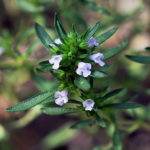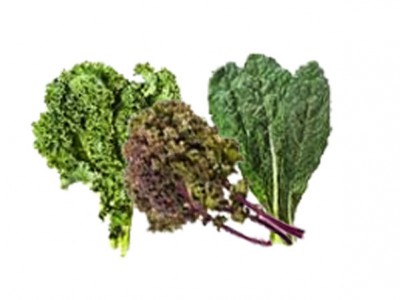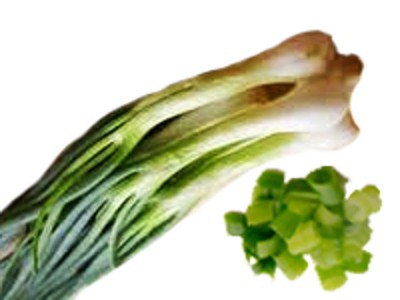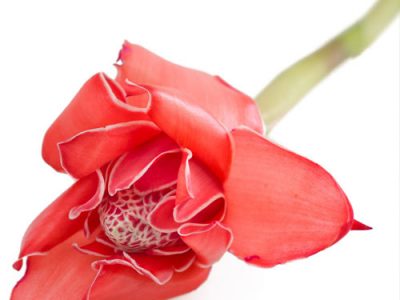
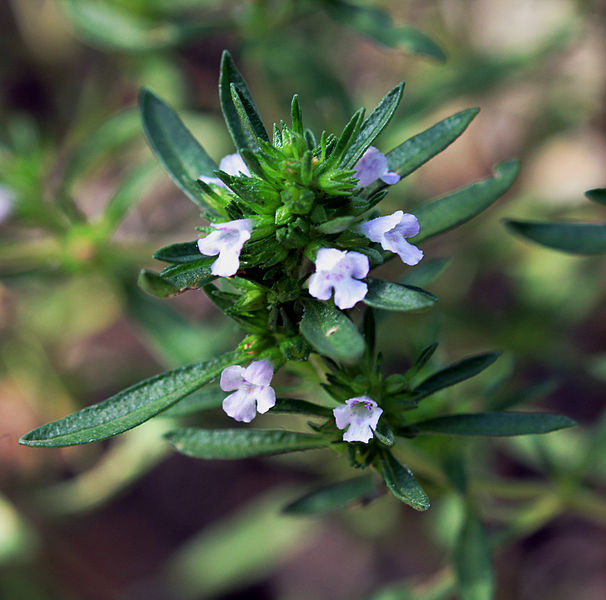
Summer Savory as an ingredient And Uses
There are millions of trees and thousands of plants in many forests and hills. Though most of the plants and trees reproduce through seeds, there are many plants that reproduce through their rhizomes and spores. The plants like ferns and mosses grow from spores and flourish wonderfully. Few plants like strawberry reproduce through asexual vegetative reproduction. Other plants multiply through rhizomes and tubers. Many farmers follow grafting methods for reproduction.
This topic will deal with a plant named summer savory which is better known as savory species. The botanical name of this plant is Satureja hortensis. This annual plant is used as a flavor and in so many ways it is similar to winter savory. It has a bitter flavor and used more than the winter savory. In northern hemisphere, lilac tubular flowers bloom during the months of July to September. This plant achieves a height of 60 cm and has slender bronze-green leaves. This plant is a very famous herb in Atlantic Canada, where it is used like sage plant. The flavor is used in various meat and fowl items such as pork, goose, turkey and duck.
[tribulant_slideshow gallery_id="288"]
The stews like fricot and meat pies are spiced with this flavor. Summer savory flavor is available in many grocery stores in dried forms. Summer savory is an ingredient in herbdes de Provence. It is also used as a seasoning for grilled meats, barbecues, stews and sauces. Since summer savory is much sweeter and aromatic than winter savory, summer has become preferred variety. The flavor is also used in a famous Bulgarian cuisine named sharena sol. Summer savory is also used in many food items of Germany, Bulgaria, Greece, Hungary, Romania and Serbia. This plant grows well in rich, light soil. The seeds germinate very slowly and steadily. This annual plant achieves a height of 0.3 m by 0.4 m. This plant flowers during the month of July to August and the seeds generally ripen during the months of Aug to September. The flowers have both male and female organs. This plant is pollinated by bees and is self-fertile. It can tolerate drought and prefers moist soil. The leaves are eaten raw or cooked. It has the ability to reduce flatulence and that is the reason the flavor is used in beans.
An herbal tea is made from the leaves of this plant. The leaves are harvested before flowering starts. The essential oil which is extracted from flowering shoots is used as a flavoring for foods. This plant is anti-rheumatic, antiseptic, aromatic, carminative, digestive, expectorant, stings and stomachic. It aids digestion and can cure many problems connected with stomach. It can cure nausea, diarrhea, bronchitis, sore throat and menstrual problems. The leaves or other parts of the plants should not be administered to gestating or lactating mother. The sprig of the plant when rubbed on the bee sting will provide instant relief. The essential oil extracted from the plant is used as an ingredient in lotions prepared for baldness. The oil when applied on the joints will relieve the arthritic pain. The essential oil is also used in perfumery items. It repels pests and insects.

